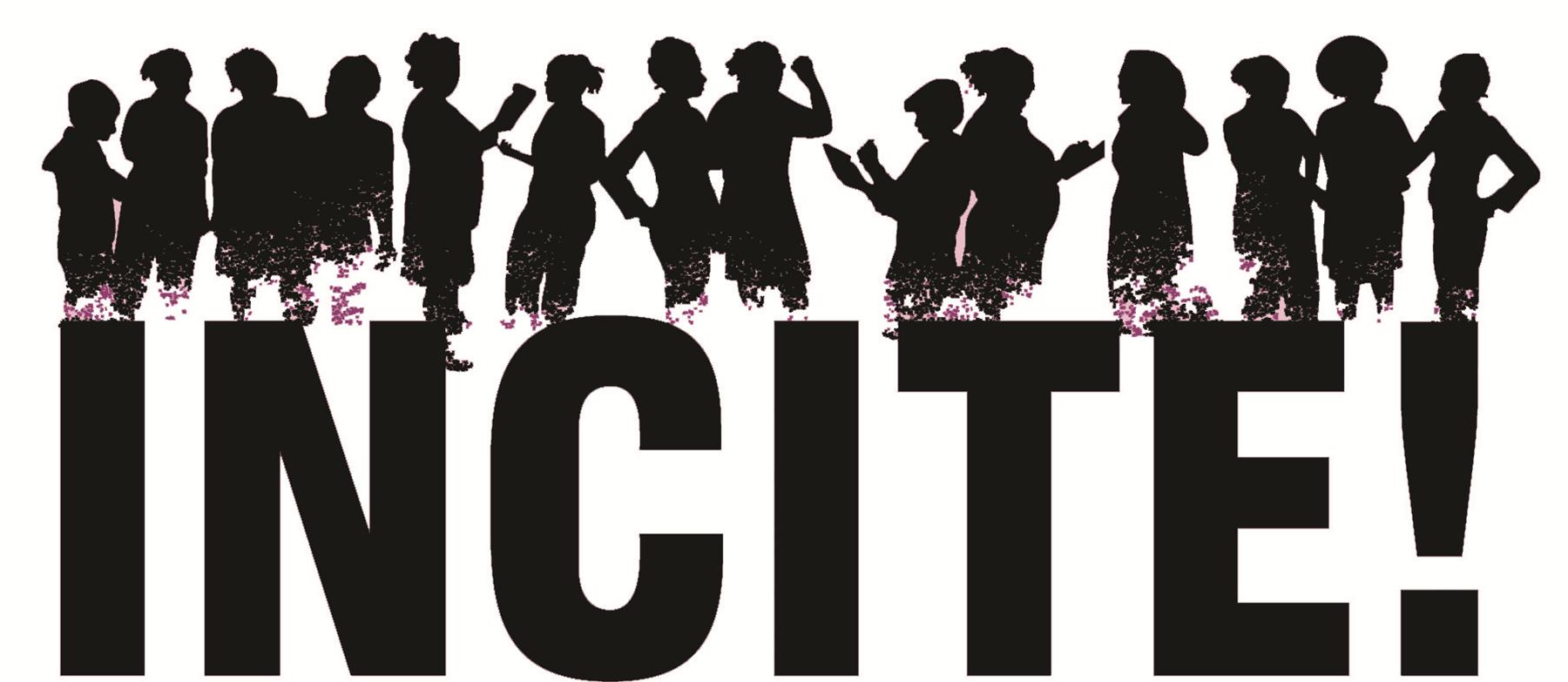The New York Times profiled three groups in India using community art, media, direct action, self-defense, and community-based responses to resist street violence against women. Blank Noise is a community art project that was founded by Jasmeen Patheja, and uses Facebook, Twitter, and blogging to mobilize women against street violence. Here’s an excerpt from the NYT article:
“Blank Noise started as an art project,” Ms. Patheja said recently. “I was experiencing street sexual violence every day, and if not every day it was the threat of it that kept me on guard, hyper and alert. Moreover, it wasn’t being taken seriously by those around me — ‘It happens,’ ‘There’s nothing you can do about it,’ ‘It’s only teasing.”’
According to their Facebook page, Blank Noise “creates events and interventions both on the internet and on the streets of cities in India.” In 2006, Blank Noise organized a public demonstration of women to confront street sexual violence.
The NYT article also profiled the Pink Chaddi movement, started by Nisha Susan, which began as a response to women being attacked in pubs.
Last year, after Sri Ram Sene, a rightist Hindu party, attacked women in pubs, Ms. Susan began a Facebook group, and the Pink Chaddi movement was born.
Chaddi is slang for underwear, but also for rightist hard-liners. Ms. Susan invited women to send Pramod Muthalik, the head of Sri Ram Sene, pink underwear in protest of his party’s actions and its plans to hold rallies on Valentine’s Day, which it condemns as a foreign holiday that encourages men and women to express their affection in an openly “un-Indian” fashion.
Chaddis poured in from across the country, a deluge of underwear in fuchsia, mauve and rose that forced the hard-liners to cancel their rallies and stop the attacks on women.
Sampath Pal Devi began the Gulabi Gang, a group of women who organize collectively to end gender violence, law enforcement violence, to learn self-defense, and to organize for economic justice. From the article:
Gulabi means “pink” and refers to the color of the saris Ms. Sampath Pal and her band of women wear. The movement has grown from that tiny core of four concerned women to a movement that covers much of rural Uttar Pradesh, one of the most conservative states in India. The brooms have evolved into canes. The Gulabi Gang has thrashed recalcitrant officials and police officers who wouldn’t register cases of domestic violence. It also runs vocational centers that offer practical ways of employment and empowerment for women.
Here’s a video spotlighting the Gulabi Gang’s work:

rock on!
Good to see someone caring for women in india
The Indian women’s movement/s is/are vibrant and powerful and has been “in action” for many many years. It is not simply a matter of “caring for women in India” (which sounds more than faintly patronizing)–it is that U.S. based organizations can learn a LOT from the variety of (and often contesting) gender-sexuality and women’s rights work being done in India–and actually all over South Asia as well. Flip the Script, folks–there is a lot YOU can learn from how folks organize for gender justice THERE.
Women really rocks! 🙂 It is really nice to know that there are still people who care for women especially the women in India. It s very important to consider equality in every gender because we never know what it feels like to be a woman. It is a great thing that there are some martial arts lessons for women and for all nowadays 🙂